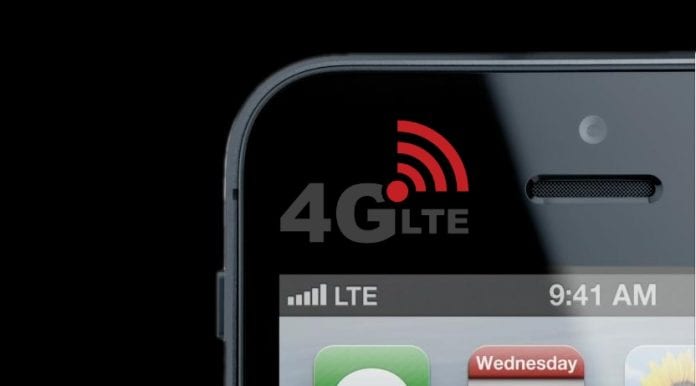LTE is used by millions of people across the globe.
The attackers then redirect users to malicious websites by decrypting and re-encrypting the packet with a new DNS server.
To exploit the flaw, the attacker needs to be within a 1-mile radius of the physical target.

In addition, a controlled environment helps to be successful within an acceptable amount of time.
Such attacks are not restricted only to 4G, as these can also affect the upcoming 5G networks.
Although 5G supports authenticated encryption, they are presently only optional.

source: www.techworm.net